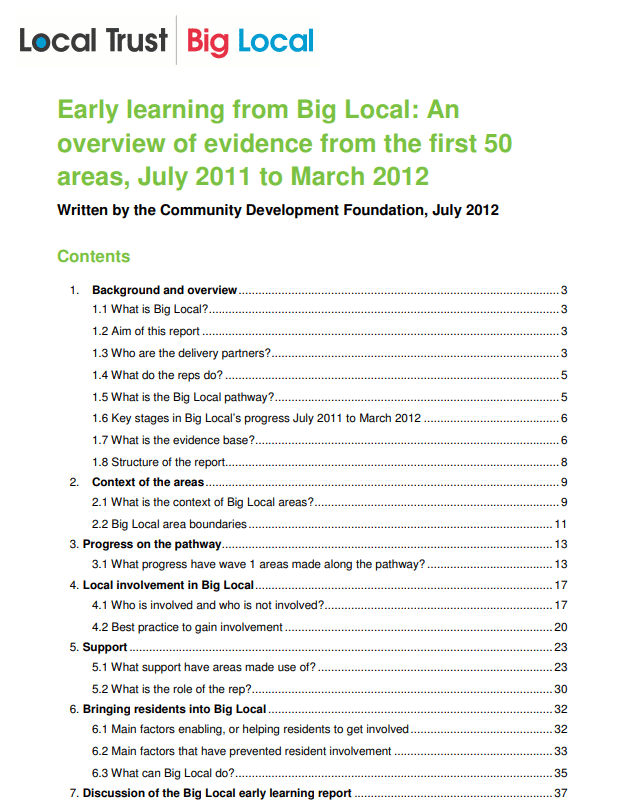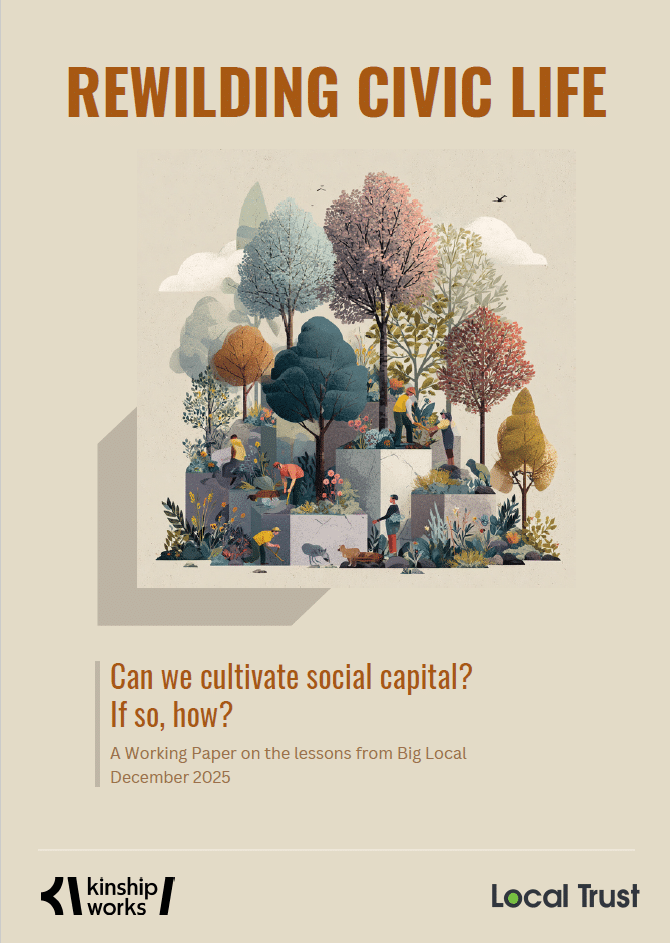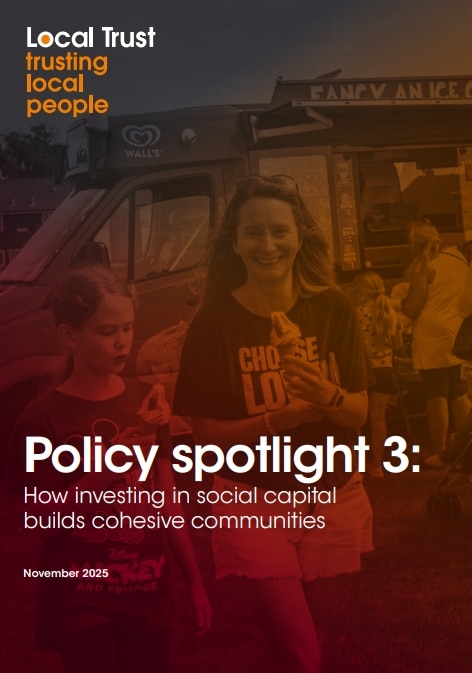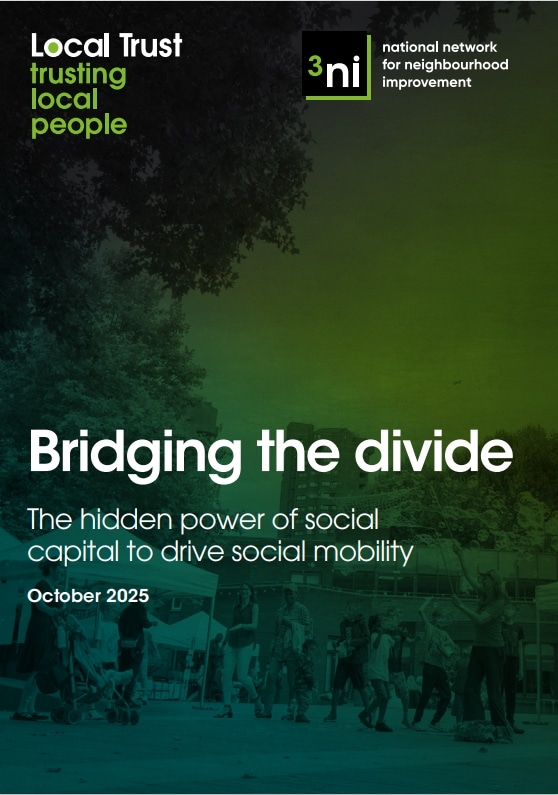Big Local early learning report
Published by the Community Development Foundation

Produced by the Community Development Foundation the Big Local early learning report is based on information collected by Local Trust and delivery partners between July 2011 and March 2012, and as such is based on information from the first 50 Big Local areas. In it is some really useful and interesting learning for Local Trust and our partners, which has already started to inform our development and delivery of Big Local, and – we think – improve the quality and direction of support to each Big Local area through the pathway.
In it, the Community Development Foundation (CDF) and the Institute for Voluntary Action Research (IVAR) reflect on key themes that have emerged from Big Local areas moving through the early stages of the Big Local pathway, such as the importance of understanding the context of their activities and the importance and wide range of ways to get people involved. Some of the common challenges experienced by a range of Big Local areas are identified, and the concluding chapter looks ahead to the future with some suggestions as to how we can improve Big Local. Here are some of the suggestions from the report and the how Local Trust, and our partners are responding:
Gather information on the structures being considered and/or used for Big Local partnerships
In the report CDF suggests that Local Trust captures the different arrangements that are evolving, and we have started to capture some of this. We will share more on this in 2013. We already know that emerging models include a core group of people with a pool of advisors that are can be called upon for support; a large resident consultation group with a smaller decision making body; a large resident decision making group with supporters/advisors helping; and a core group supported by smaller task and finish groups.
Ensure that all Big Local areas are able to use the learning opportunities
Capacity Global and the National Association for Neighbourhood Management (NANM), our partner organisations delivering learning and networking events for Big Local areas, are making contact with all the areas (via the rep, our monthly electronic newsletter or the Big Local steering groups or partnerships) to invite people to upcoming events, or work with them to design learning opportunities useful to them. We also now have some Big Local reps who are facilitating and/or arranging learning events between Big Local areas.
In response to other findings, we have also:
- Introduced pathway funding in order to bridge the gap between Getting People Involved (GPI) round 1 and round 2 in order to help those in Big Local areas maintain momentum
- Made a small amount of money available for reps to use to enable areas to share more learning between neighbouring Big Local areas
- Supported Capacity Global and the NANM to run further events on promoting the widest engagement of residents possible
- Supported a small group of reps to work with the Northern College to develop and test the appetite for other types of training for those involved in Big Local areas
Debbie Ladds, chief executive



